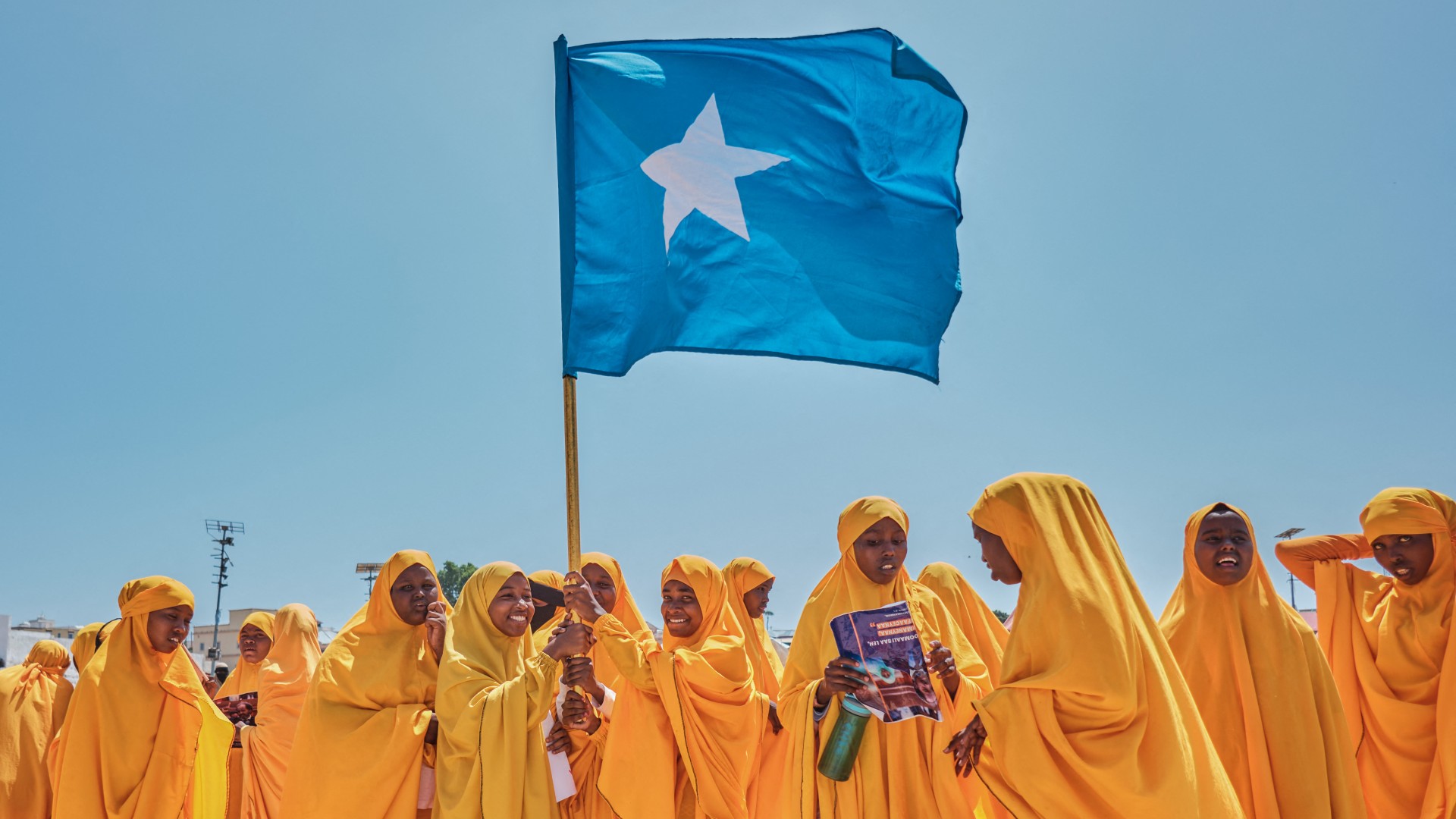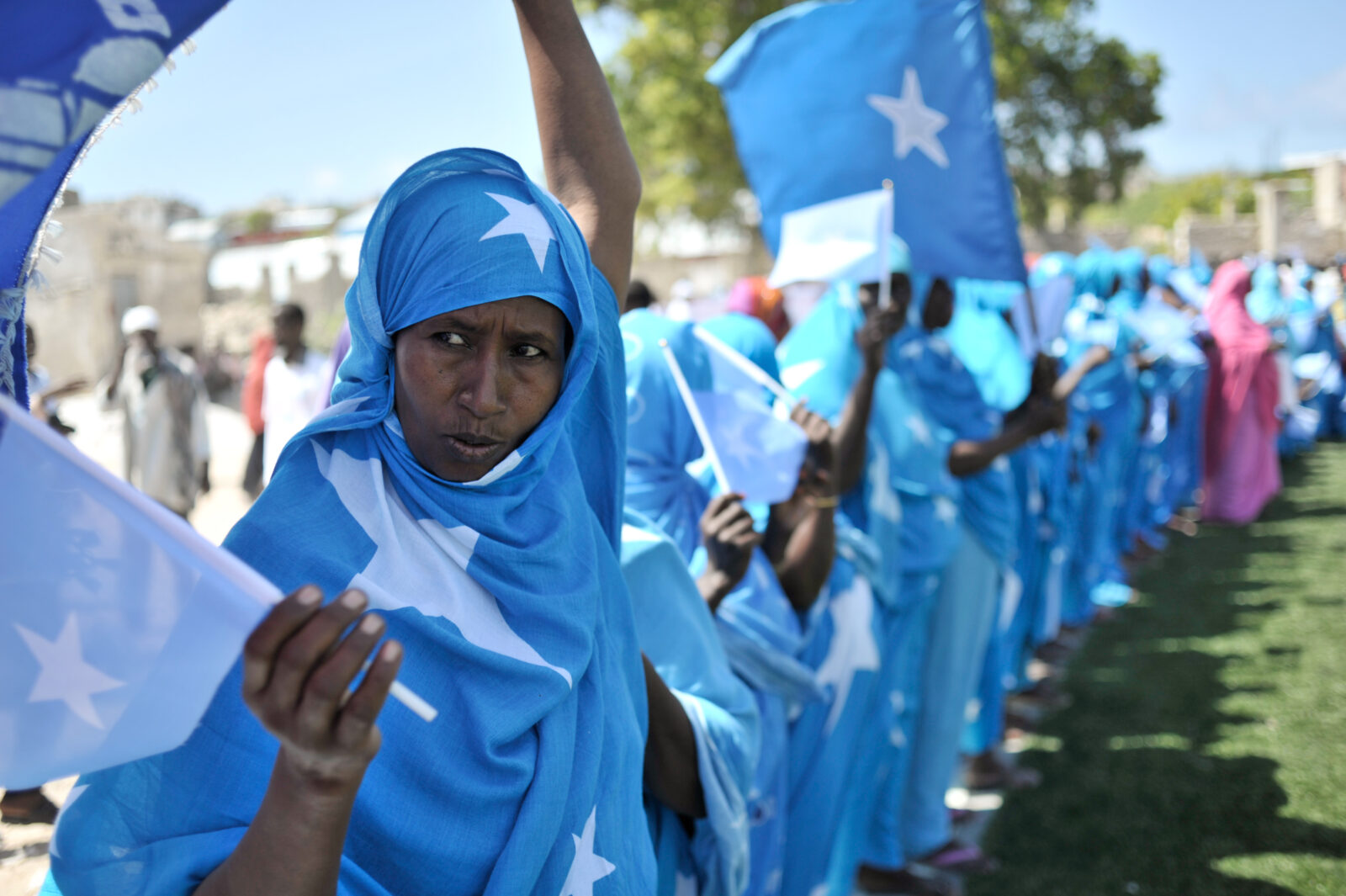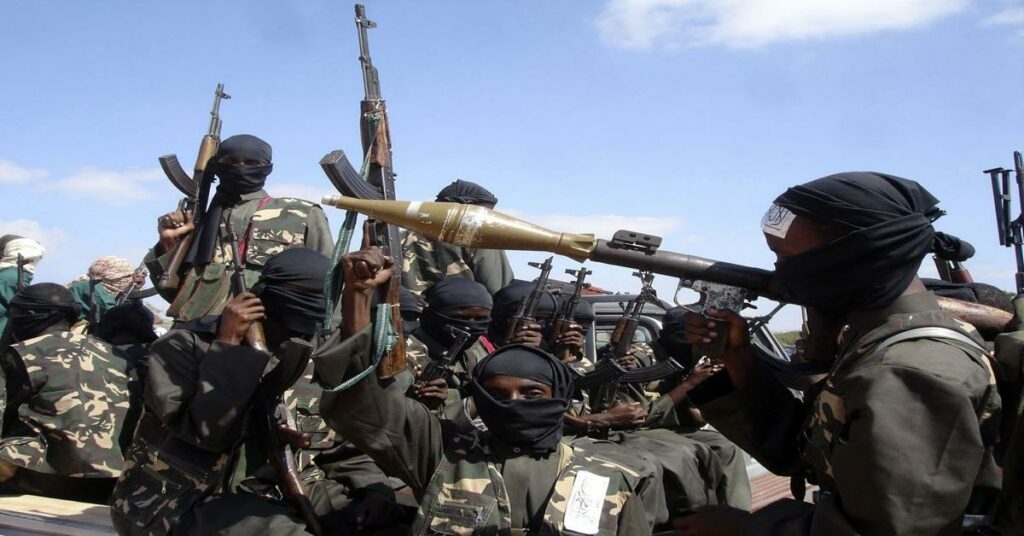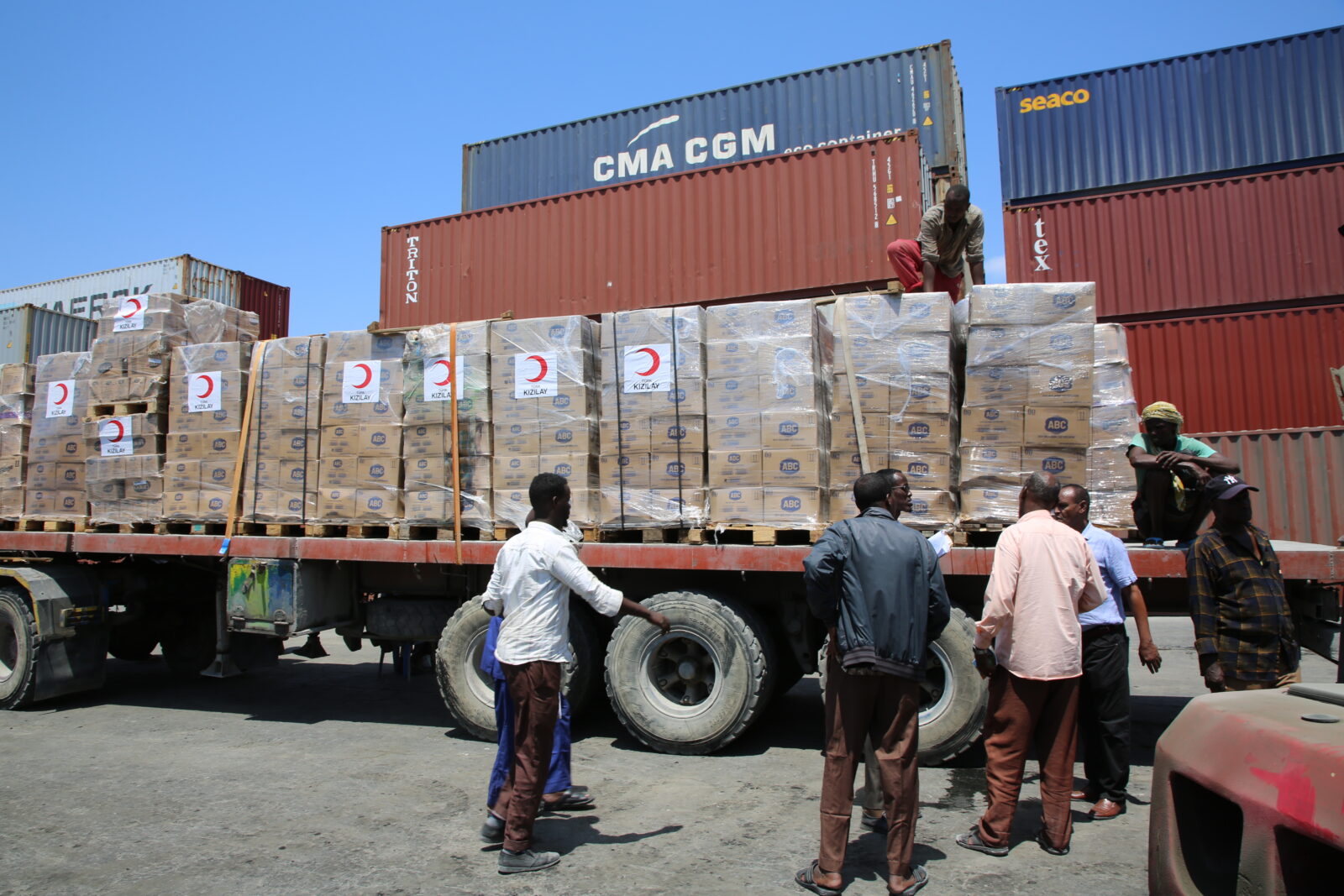
Somalia, a country in the Horn of Africa with a population of approximately 20 million, has experienced at least 4 million internal displacements, meaning around 20% of the population comprise internally displaced people (IDPs).
Most of these IDPs reside in IDP camps concentrated in major cities, contributing to the acceleration of urbanization.
Many factors, such as climate change, man-made destruction caused by political instability, extremist-led violent conflicts, and socioeconomic issues, have driven millions of Somalis from their homes.
The history of displacement in Somalia begins with the breakdown of Somalia's central government in 1991. Somalia was ruled by a military administration for 21 years, from 1969 to 1991.
Because of frustrations stemming from power abuse and a lack of political engagement, many communal-based groups formed and succeeded in overthrowing the military's rule, leading to the complete collapse of Somalia's central government structure.
Civil war broke out, and the country fell into an isolated state in which lawlessness and violent conflicts became commonplace, resulting in significant outward and internal displacements.

In the 1990s, the number of people displaced because of the civil war was estimated to exceed 2 million. In 1992 alone, there were between 556,000 and 636,000 people in IDP camps. In 2006, 700,000 were estimated to be internally displaced.
The situation dramatically deteriorated in 2011, a year marked by one of Somalia's worst droughts on record. The subsequent famine claimed thousands of lives and sent millions more fleeing in search of sustenance and better living conditions, again showing how Somali communities are very susceptible to both man-made and natural disasters.
For a long period, Somalia has ranked among the countries with the largest number of IDPs in the world. In 2018 alone, Somalia was the fourth country with the highest number of IDPs due to conflict and violence. Indeed, the evidence over the last five years shows that the displacement situation is getting worse.
Approximately 188,000 persons experienced fresh displacement in 2019. By 2020, those numbers had risen to 293,000. The figure nearly increased to 549,000 in 2021. Then, 621,000 people were displaced in 2022.
There have been 673,000 new displacements as of 2023. An estimated 3.9 million Somalis were displaced by the end of 2023 as a result of the combined effects of economic instability, war, and climate change. By April 2024, more than 4,123,499 individuals were living in 3.726 recorded IDP sites in Somalia.

The major causes of the displacement in Somalia are violent conflicts and climate change. Since 1991, violent conflicts have been going on in several places in the country.
The extremist groups’ violence and their brutal tactics were a major force of displacement. Furthermore, the 2022 government proclamation of a total war against al-Shabab displaced millions of people of all ages, as al-Shabab was fighting across multiple places against civilian-led armies with government troops.
Inter-clan battles have exacerbated the issue in recent years; in 2024, the number of inter-clan fights climbed higher than in previous years, with the majority of these incidents taking place in areas liberated from al-Shabab, resulting in millions of displacements.

Another driver of the displacement is the prolonged drought and extreme floods that have devastated livelihoods and sources of water. The drought has been the most long-lasting, causing food insecurity at an unprecedented level and hence forcing movements of families in search of food.
In Somalia, every year many people are displaced, especially from areas close to the riverbanks, when the seasonal Gu' (spring) rains cause rivers to overflow. The resulting floods wash over farmlands, destroying crops and leading to the loss of agricultural livelihoods for many families who depend on farming for their sustenance and income.
When people manage to flee, they certainly have a tough time in the IDPs. They are firstly forced to travel long distances, often on foot, in search of refuge with little means of transportation since most humanitarian aid and IDPs were concentrated in major urban centers such as Mogadishu having 1959 IDP sites, Baidoa 649, Kismayo 197, and Galkayo 116, which may be several hundred kilometers away from rural areas.
Many displaced individuals end up living in IDP camps, and most of them have to lead a life without decent shelter. Several posts on Facebook, the most used platform by Somalis, showed that many IDPs complained about the harsh situations they face.
Some IDPs sleep out in the open under trees or in some makeshift shelters that cannot guarantee their protection from harsh weather. Food security is limited; most families rely on irregular food supplies or generosity from others. Some days, they do not eat at all, while others receive very small rations, which exacerbates the precarious position of internally displaced people.
Another major problem in IDP camps is healthcare. In addition to the risks associated with poor sanitation caused by a lack of toilets and overcrowding, the lack of decent health facilities exacerbates the woes.

Even if the camp authorities do try to spread awareness about health and hygiene, the lack of resources limits the effectiveness. Many families cannot afford private health care, so they are exposed to a variety of preventable and chronic diseases.
Further complicating these issues, 85% of IDP camps in Somalia are unofficial and set up on private property. This fragile arrangement leads to threatened and actual forced evictions that further devastate the lives of residents. Furthermore, displaced people find it difficult to adapt to urban settings because they lack the necessary means or skills to find employment.
Women are largely excluded from the labor market, and machines like washing machines limit the opportunity for some women to work as cloth washers for better-off families, forcing them into urban poverty and further impairing their ability to rebuild their lives.
The effects of internally displaced persons moving into Somali cities are a growing concern that often goes overlooked. The situation presents not only humanitarian issues but also security issues. Yet, the consequences are obvious to everyone. Over the coming years the government of Somalia faces one of its toughest challenges in resolving the IDPs crisis.